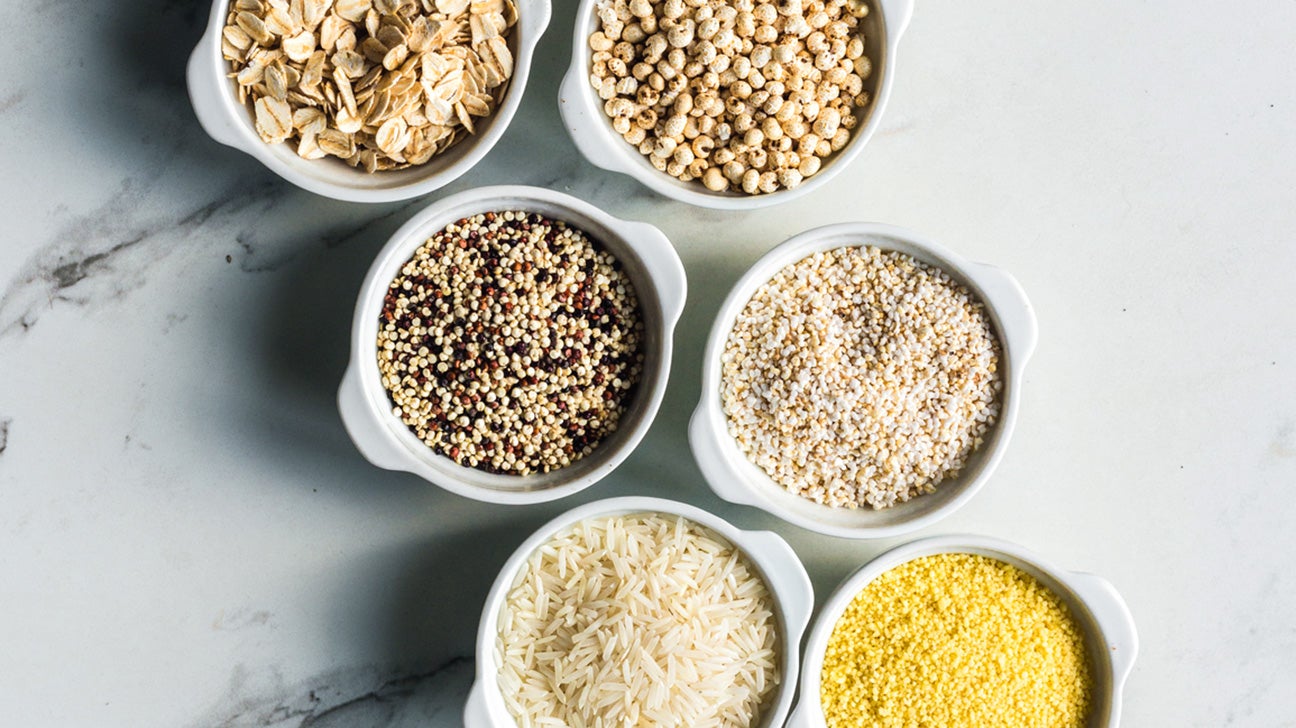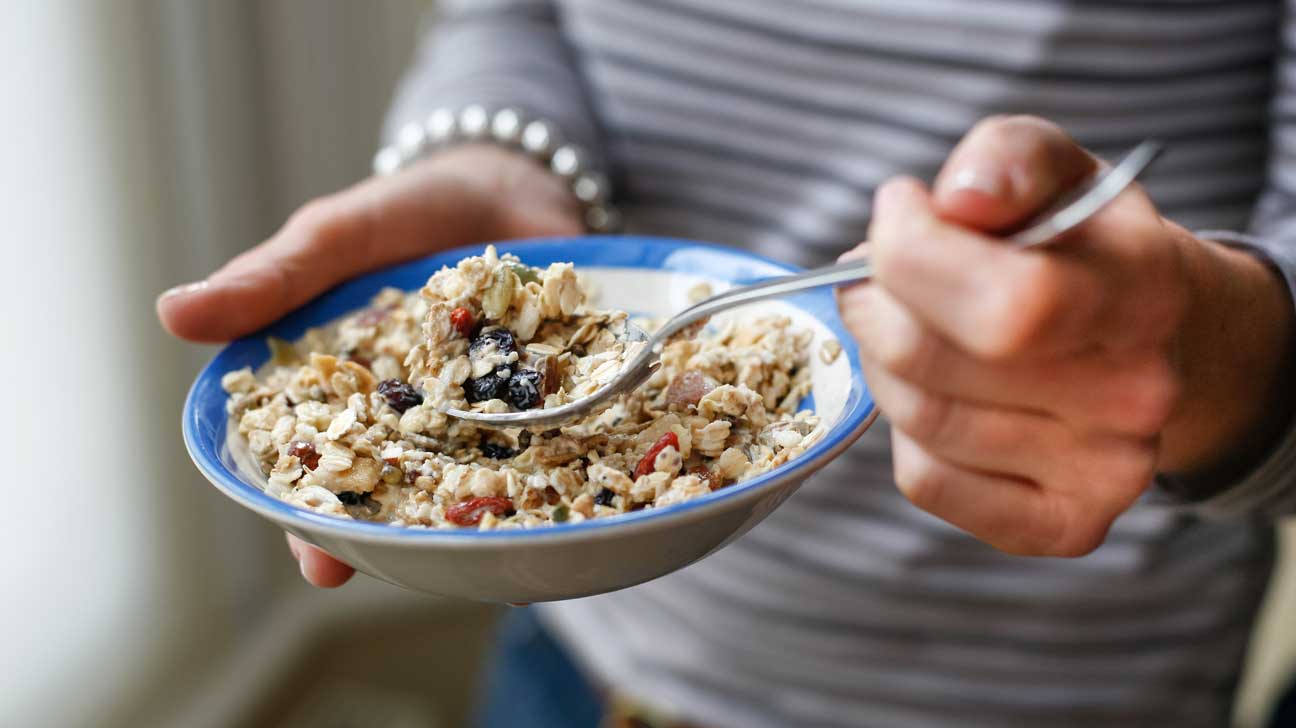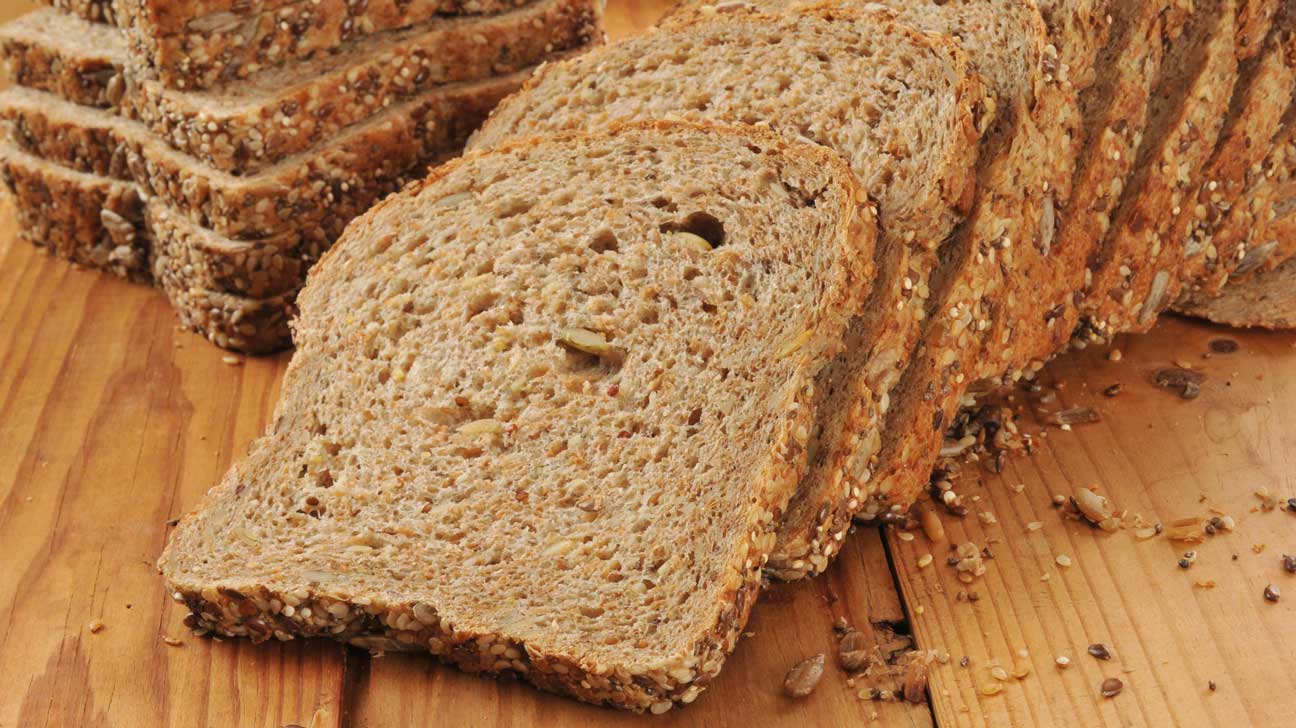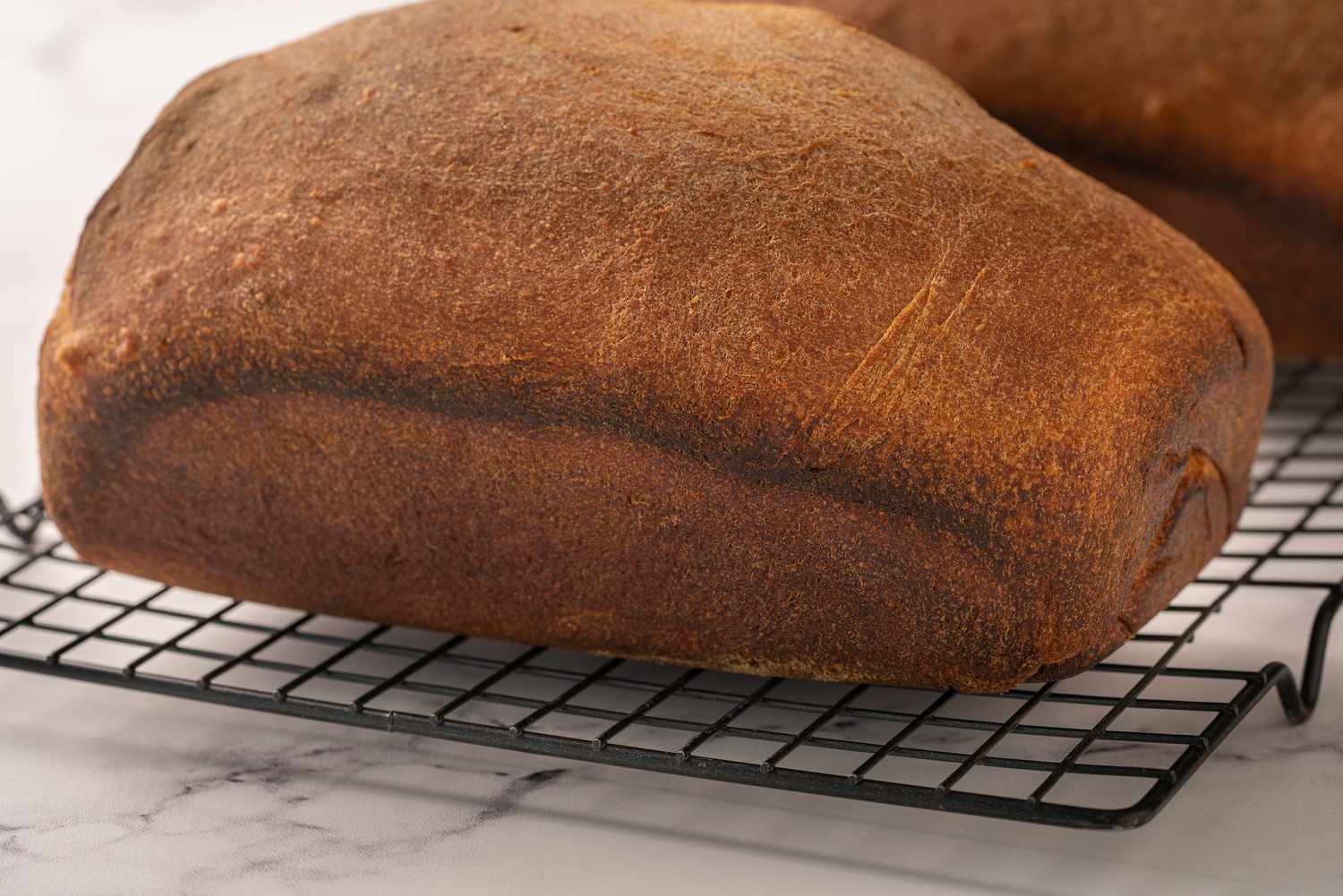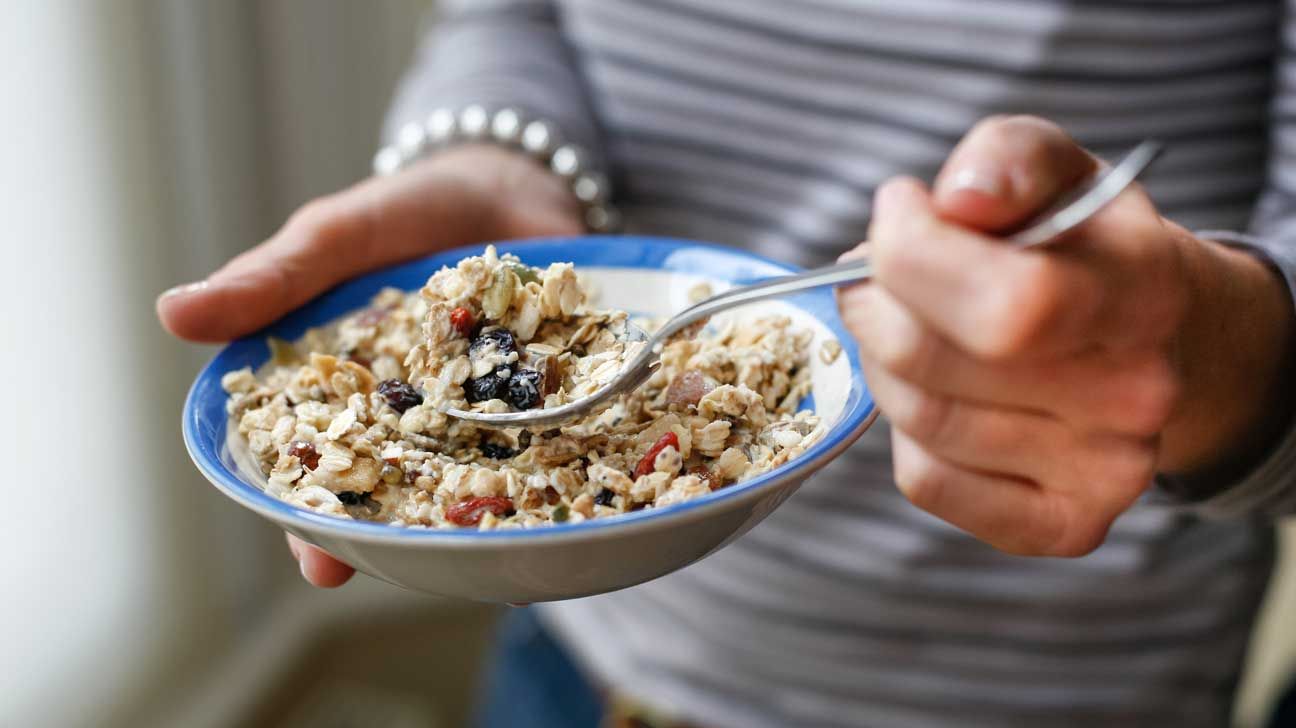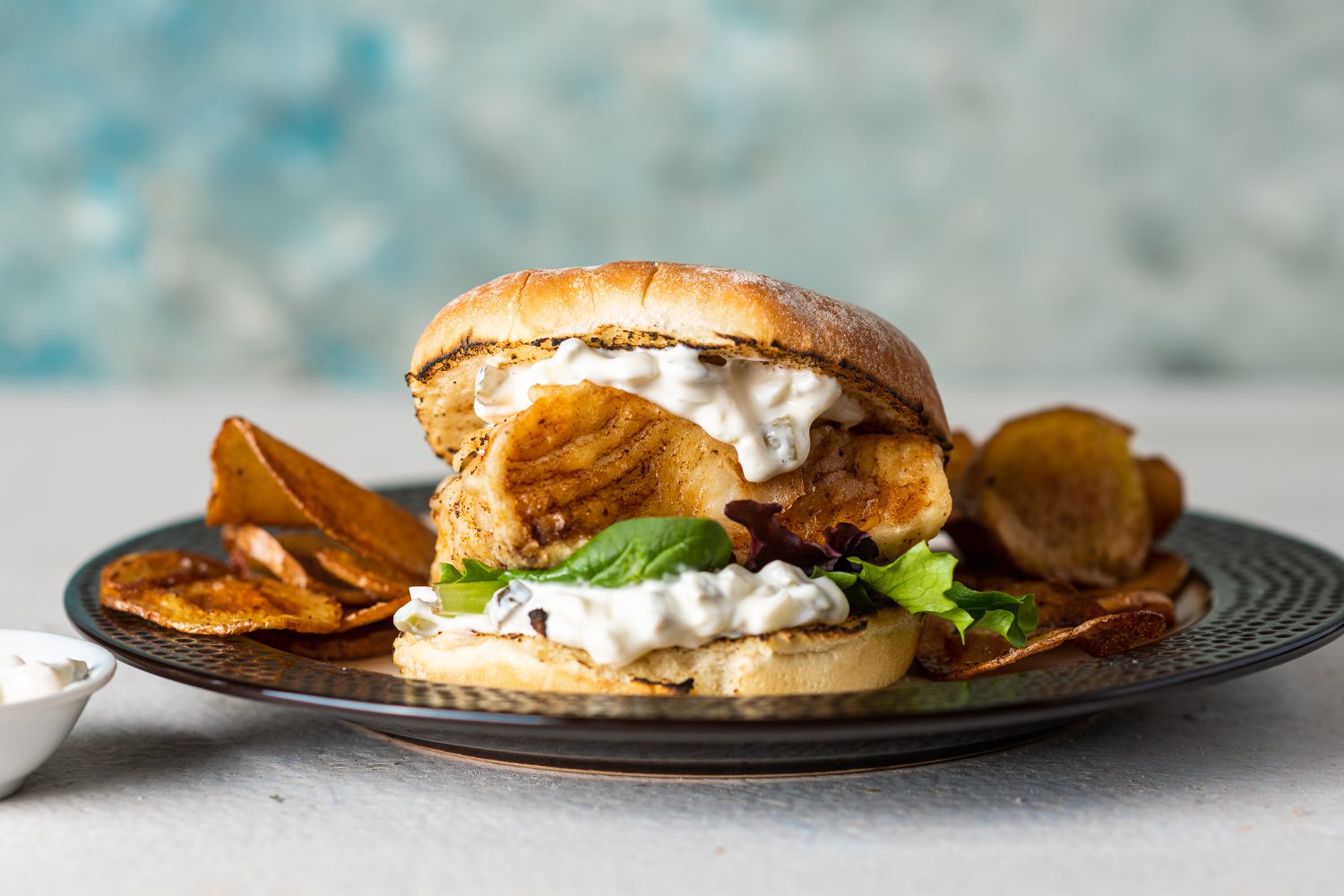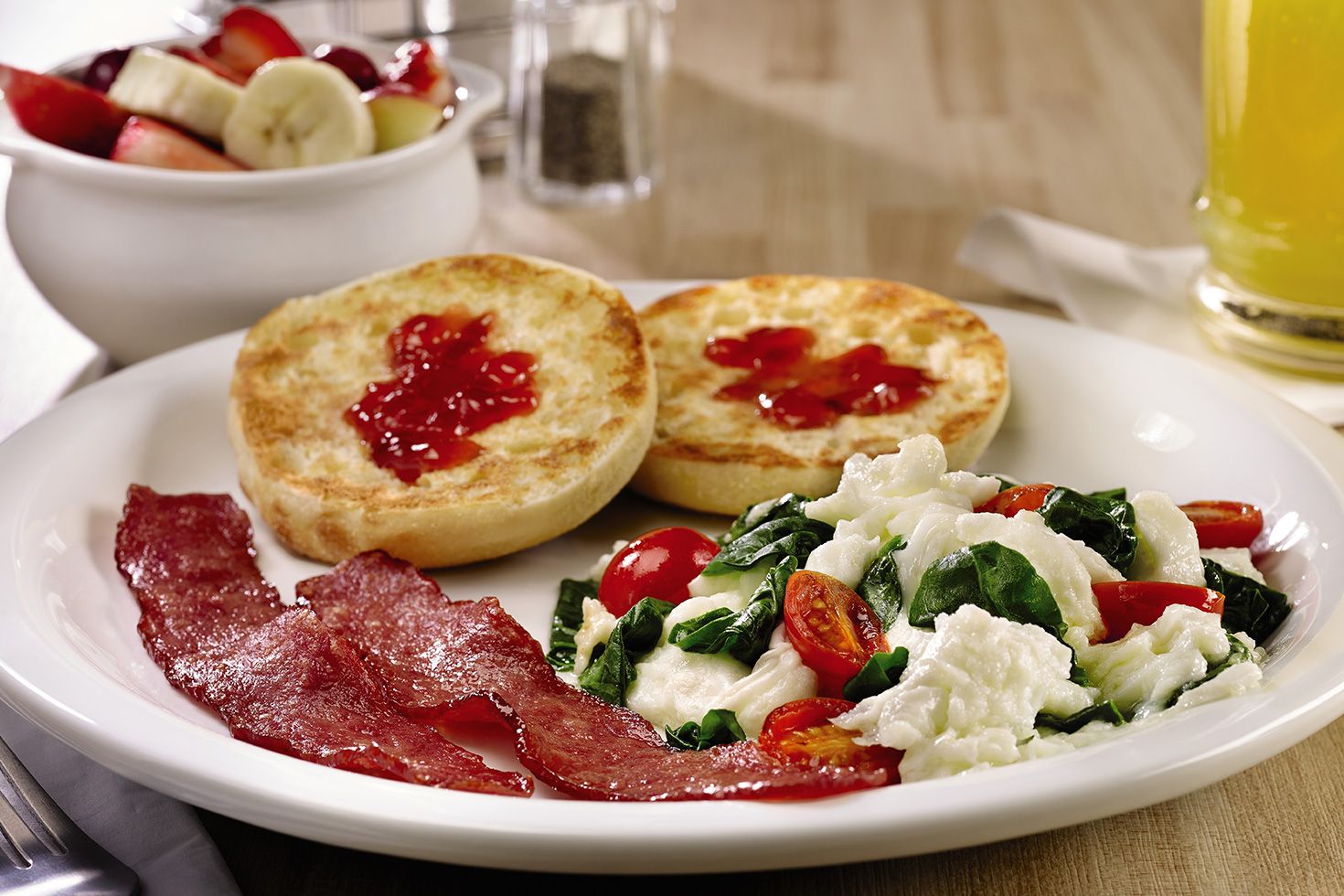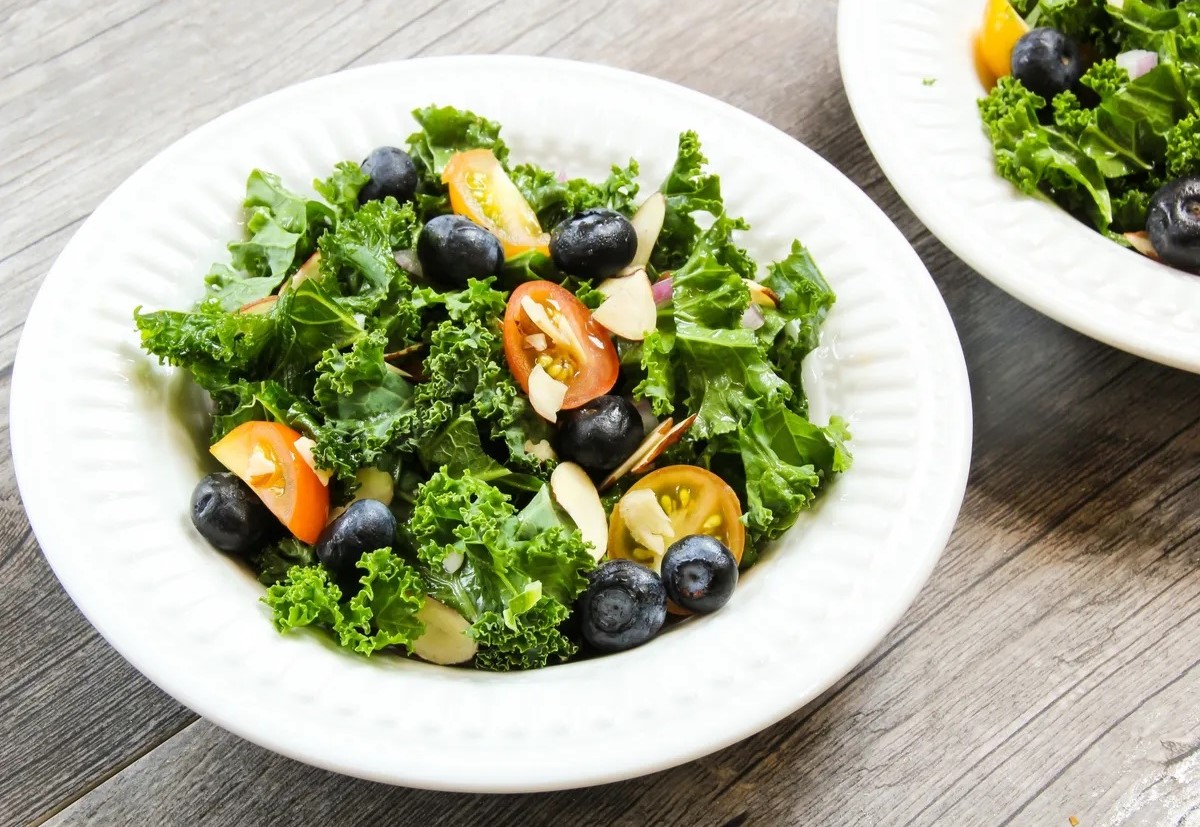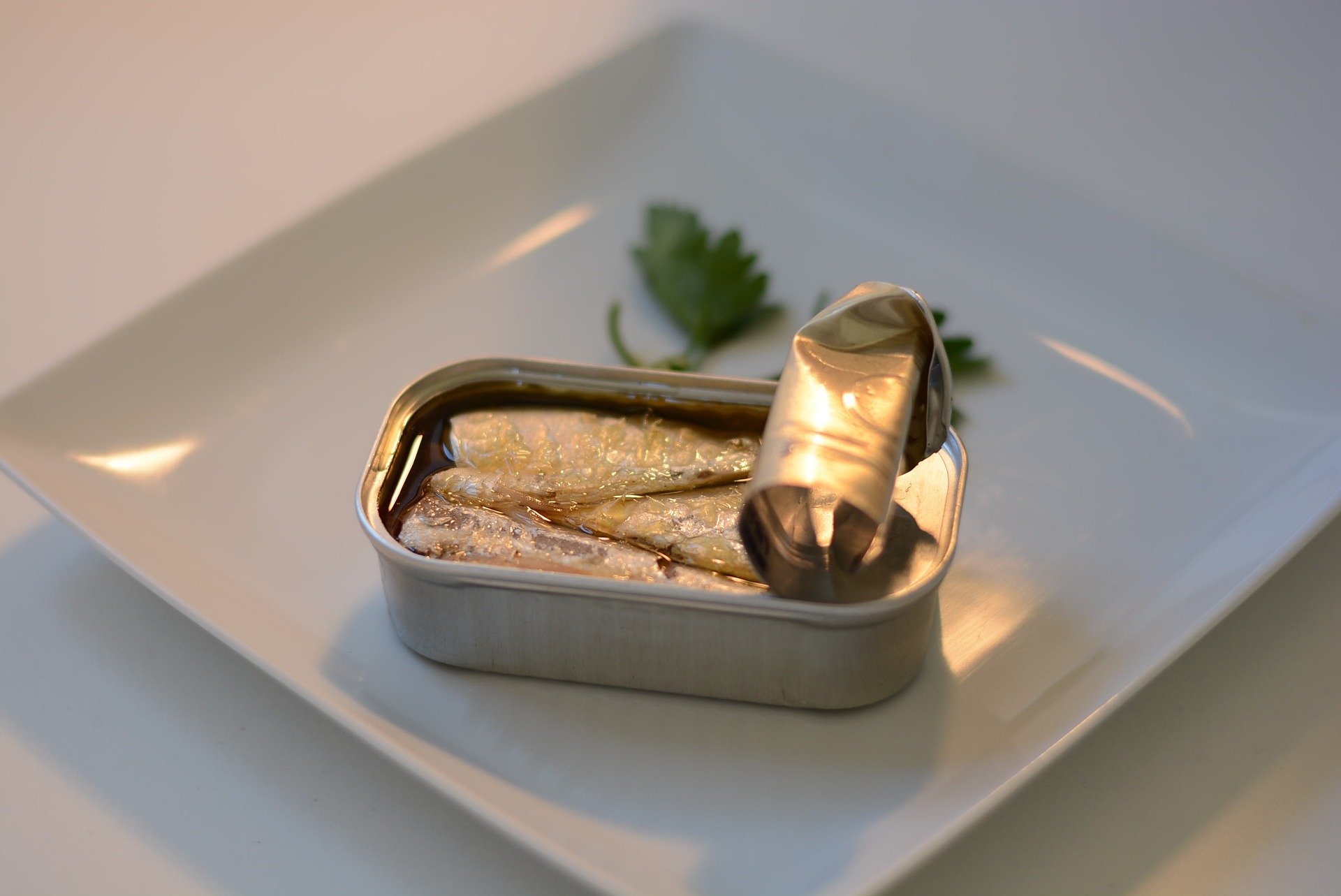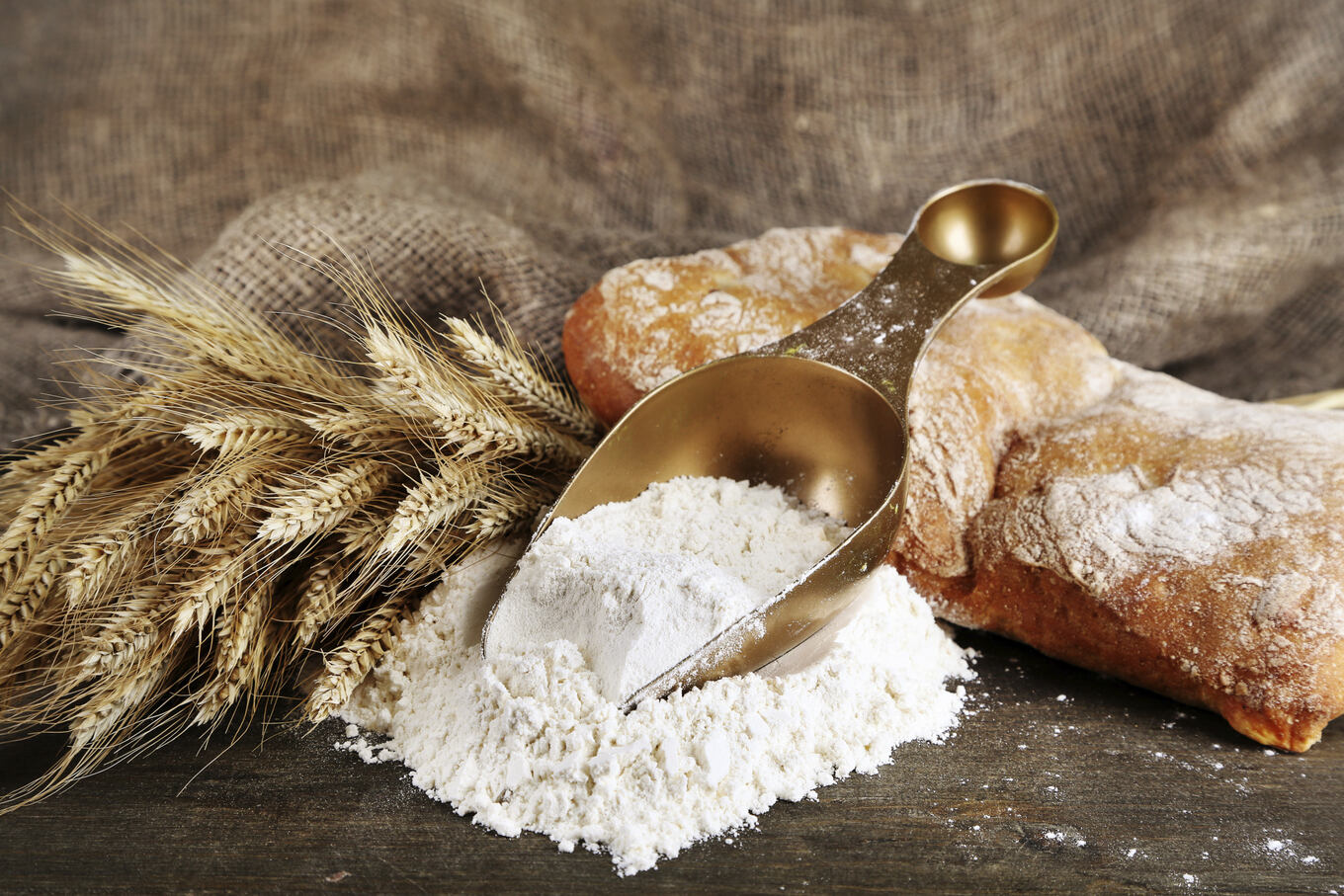Why Whole Wheat Grain is a Nutritional Powerhouse
Whole wheat grain is a nutritional powerhouse that is packed with essential nutrients and fiber. It is a whole grain that contains the entire grain kernel, including the bran, germ, and endosperm, making it a rich source of vitamins, minerals, and antioxidants. Incorporating whole wheat grain into your diet can provide numerous health benefits and contribute to overall well-being.
Ways to Enjoy Whole Wheat Grain
There are several delicious and creative ways to incorporate whole wheat grain into your diet. Here are some ideas to help you make the most of this nutritious ingredient:
- Whole Wheat Bread: Enjoy a hearty slice of whole wheat bread as part of your breakfast or as a sandwich for lunch. Look for breads that list whole wheat flour as the first ingredient to ensure you are getting the full nutritional benefits.
- Whole Wheat Pasta: Swap out traditional pasta for whole wheat pasta in your favorite pasta dishes. The nutty flavor and chewy texture of whole wheat pasta can add a delightful twist to your meals.
- Whole Wheat Salad: Toss cooked whole wheat grain with fresh vegetables, herbs, and a light vinaigrette to create a refreshing and nutritious salad. Adding whole wheat grain to salads provides a satisfying crunch and boosts the fiber content of the dish.
- Whole Wheat Pilaf: Use whole wheat grain as the base for a flavorful pilaf. Combine it with aromatic spices, vegetables, and protein for a wholesome and satisfying meal.
- Whole Wheat Breakfast Bowl: Start your day with a nourishing breakfast bowl featuring cooked whole wheat grain, fresh fruits, nuts, and a drizzle of honey or maple syrup. This wholesome breakfast option will keep you energized throughout the morning.
Benefits of Whole Wheat Grain
Including whole wheat grain in your diet can offer a wide range of health benefits. Some of the key advantages of consuming whole wheat grain include:
- Rich in Fiber: Whole wheat grain is an excellent source of dietary fiber, which supports digestive health and helps maintain a feeling of fullness, making it a valuable addition to a balanced diet.
- Heart Health: The fiber, vitamins, and minerals in whole wheat grain contribute to heart health by helping to lower cholesterol levels and reduce the risk of heart disease.
- Weight Management: The fiber content in whole wheat grain can aid in weight management by promoting satiety and supporting healthy digestion.
- Nutrient Density: Whole wheat grain is packed with essential nutrients, including B vitamins, iron, magnesium, and antioxidants, which are vital for overall health and well-being.
- Blood Sugar Control: The fiber and complex carbohydrates in whole wheat grain can help regulate blood sugar levels, making it a beneficial choice for individuals with diabetes or those looking to manage their blood sugar.
Tips for Cooking with Whole Wheat Grain
When cooking with whole wheat grain, it’s important to keep a few tips in mind to ensure the best results:
- Rinse and Drain: Before cooking whole wheat grain, rinse it thoroughly under cold water to remove any debris or excess starch. Then, drain it well before proceeding with the cooking process.
- Use the Right Ratio: When cooking whole wheat grain, use the appropriate ratio of water to grain to achieve the desired texture. Typically, a 1:2 ratio of grain to water works well for cooking whole wheat grain.
- Experiment with Flavors: Whole wheat grain pairs well with a variety of flavors, so don’t be afraid to experiment with different herbs, spices, and seasonings to create unique and delicious dishes.
- Store Properly: To maintain the freshness of whole wheat grain, store it in an airtight container in a cool, dry place away from direct sunlight. Proper storage will help preserve the quality of the grain for an extended period.
Conclusion
Whole wheat grain is a versatile and nutritious ingredient that can be enjoyed in a multitude of ways. Whether you prefer it in bread, pasta, salads, or pilafs, incorporating whole wheat grain into your diet can provide a host of health benefits. With its rich fiber content, essential nutrients, and potential to support heart health and weight management, whole wheat grain is a valuable addition to a balanced and wholesome diet. By exploring different cooking methods and flavor combinations, you can discover the many delightful ways to savor the nutritional goodness of whole wheat grain.
